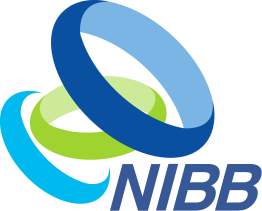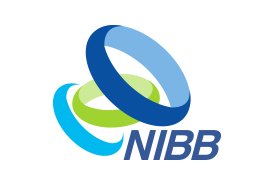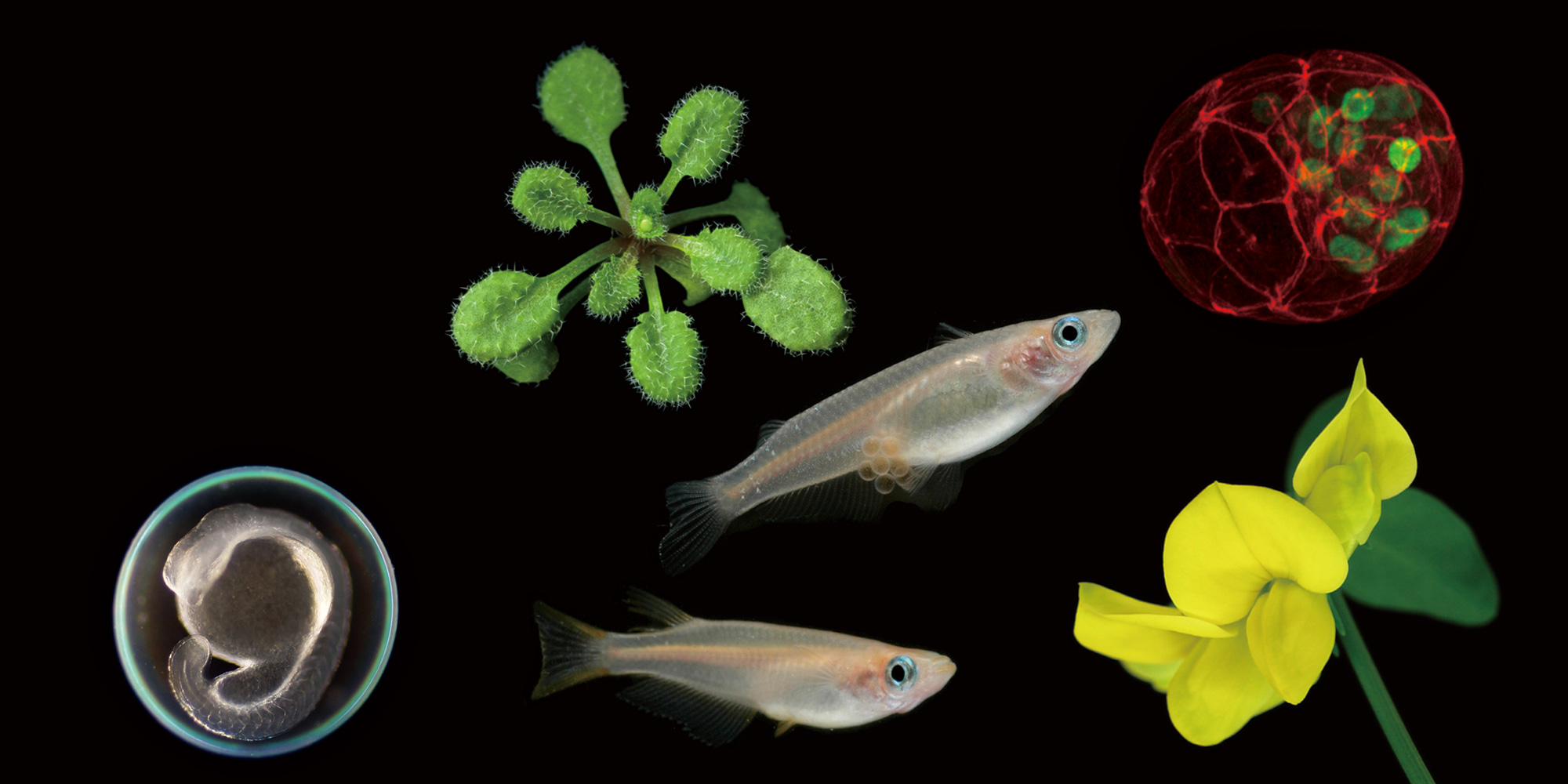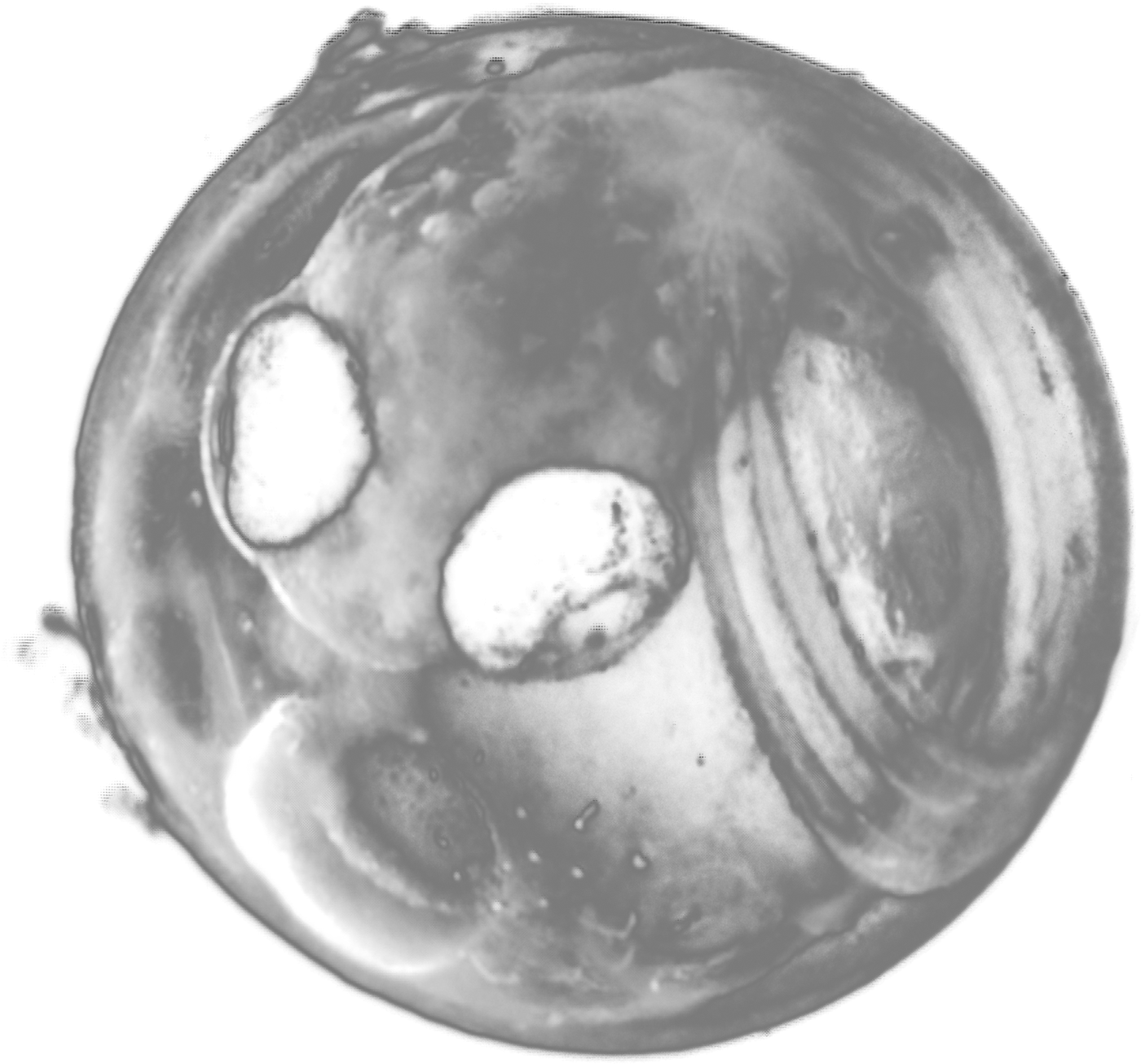2016.05.16 部門公開セミナー
Adaptive optical microscopy using direct wavefront sensing
Prof. Joel Kubby (Director of Center for Adaptive Optics Microscopy Department of Electrical Engineering, University of California Santa Cruz)
2016年05月16日(月) 14:00 より 15:00 まで
明大寺地区1階 第1セミナー室 (132-134)
生物進化研究部門 玉田 洋介 (7545)
This talk will review the development of wide-field and scanning laser microscopes (confocal & multiphoton) with direct wavefront sensing and adaptive optics for correcting aberrations when imaging through thick tissues (Drosophila embryos and mouse brain tissue). In order to make direct wavefront measurements in biological specimens, we have modified the laser guide-star techniques used in astronomy for measuring wavefront aberrations that occur as star light passes through Earth’s turbulent atmosphere. Sodium atoms in Earth’s mesosphere, at an altitude of 95 km, are excited to fluoresce at resonance by a high-power sodium laser. The fluorescent light creates a guide-star reference beacon at the top of the atmosphere that can be used for measuring wavefront aberrations that occur as star light passes through the atmosphere. We have developed a related approach for making wavefront measurements in biological specimens using cellular structures labeled with fluorescent proteins for use as laser guide-stars. Using adaptive optical microscopy we show that the Strehl ratio, the ratio of the peak intensity of an aberrated point source relative to the diffraction limited image, can be improved by an order of magnitude when imaging through thick tissue samples, enabling near diffraction limited deep tissue imaging.







